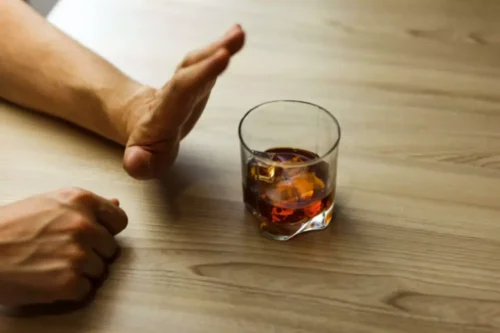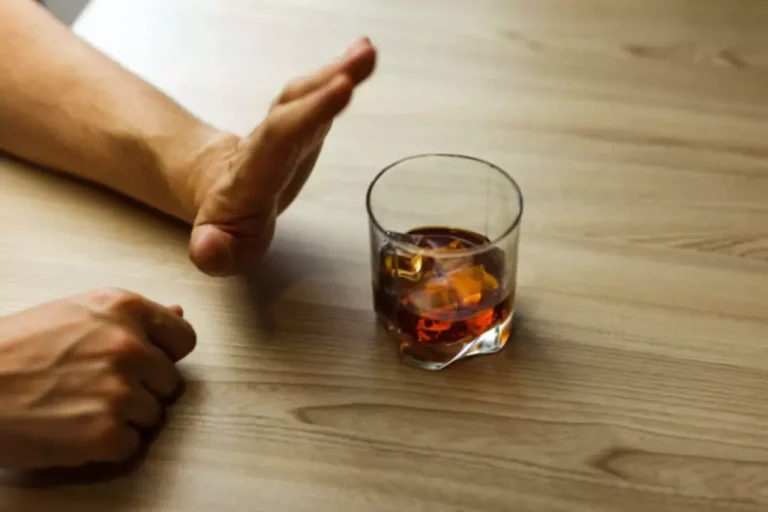
At this point, only some research has been devoted to determining patient-specific factors that predict psychedelic outcomes 42, 43. Our experience in clinical trials suggests it is important to carefully screen patients for co-morbid personality disorders when they are pursuing psychedelic treatments for primary affective disorders. Given the intensity of the psychedelic experience, patients with a poorly integrated sense of self, and those with difficulties in emotional regulation and distress tolerance, may find the psychedelic experience destabilizing. We also suspect that patients who are high in avoidance — independent of the presence of personality disorders — may also have more challenges tolerating the psychedelic state.

Ketamine and Esketamine
In contrast with many other classes of psychoactive substances (ketamine being a possible exception 92, 93), psychedelics do not lead to addiction or dependence 25, 94, and some respondents with SUDs remarked on these notable differences 79, 83. In two of the studies that provided a single psilocybin session, several patients expressed the wish for additional sessions 82, and one study reported that several patients actively sought out extramedical psilocybin sessions for this reason 53. Several, but not all, studies explicitly addressed the phenomenology of the acute, inner experience induced by different psychedelic substances 79, 81, 82, 84, 86. In this review, we report phenomena that were not characterized as therapeutic processes alone or that did not constitute separate themes in the synthesis, while recognizing that both thematic categories are closely intertwined. Phenomenological experiences were reported on the level of altered sensory perception (including synesthesia and the perception of time), visions and visuals, and somatic effects. First, all included articles were read and re-read carefully several times by the first author, allowing him to become thoroughly familiar with the content of the material.
- However, we decided to include only an aggregated measure of psychological flexibility, because most previous studies have used aggregate variables.
- When she’s not writing, she enjoys spending time with her husband and four children, traveling, and cheering on the UCF Knights.
- This model has benefits, but it may raise challenges in a setting in which many patients already use psychedelics, either alone or with the assistance of healthcare professionals or spiritual healers.
- The bootstrapped edge weights closely followed the estimated edge weights in both the Acute and Frequency Model, and the results pointed to relatively narrow CIs, indicating robust results (see Fig. S1 and S2 in the Appendix).
- Jamaica is grappling with an escalating crisis as emergency rooms witness a surge in young patients suffering from psychosis and other severe mental health issues linked to substance abuse.
Which Psychedelic Drugs Are FDA-Approved for Use?
Two leading non-profits, the Multidisciplinary Association for Psychedelic Studies and are psychedelics addictive the Usona Institute, conduct clinical trials with psychedelics while eschewing patent rights. While the future of psychedelic therapy offers exciting possibilities, O’Donnell emphasizes that overcoming mental health disorders is a process that often takes time and hard work. People take psychedelic drugs recreationally in ways that include smoking, snorting, injecting, and drinking them.
Trending Analysis

As noted earlier, there is a significant challenge to the issue of continuing medication, most commonly with SSRIs. There is anecdotal evidence that psychedelic effects are largely attenuated by ongoing treatment with SSRIs (Bonson et al, 1996) and perhaps with other antidepressants (Bonson and Murphy, 1996). Downregulation of 5-HT2A receptors https://ecosoberhouse.com/ is a feature of many different first-line antidepressant drugs (Muguruza et al, 2014), as well as second-line antidepressant medications (eg, atypical antipsychotics) with significant 5-HT2AR antagonist properties (Gray and Roth, 2001). Any trial would ideally be conducted in patients withdrawn from such drugs for at least 2 weeks or so, but we accept that this is not always straightforward (Baldwin et al, 2007). In each of the two cancer studies, the design was a crossover, which compared, respectively, low-dose/high-dose psilocybin and niacin (placebo)/high-dose psilocybin. The subjective effects of the high dose consisted in heightened states of consciousness with marked emotional accompaniments (anxiety, tearfulness, and in a few cases, paranoid ideation).


One explanation for these differences is that psychedelic administration produces a period of behavioral flexibility in which new coping strategies can be learned. These animal studies suggest that psychedelic-assisted therapy may become a powerful tool for treating psychiatric and cognitive disorders, as the timing and the environmental context of administration are relevant for psychedelic therapeutics. Across substances and disorders, respondents report on the wide emotional scope of the experience, the increased access to a range of emotions, and the importance of the emotional content of their experiences. Emotions ranging from bliss, joy, peace, and love on one end of the spectrum, to anger, anxiety, terror, dysphoria, and paranoia on the other end, were reported by respondents in the majority of the articles.
Neuroimaging studies investigating the effects of psychedelics in clinical populations with mental health conditions are still scarce. So far, it has been shown that treatment response measured 5 weeks after psilocybin treatment in patients with MDD was predicted by decreased connectivity between the PFC and the parahippocampus increased connectivity between the PFC and the inferior parietal cortex, 1 d after psilocybin administration. Furthermore, decreased amygdala cerebral blood flow correlated with reduced symptoms in the same study (Carhart-Harris et al., 2017). The same patients showed increased amygdala reactivity the morning after psilocybin and a reduction in amygdala, PFC connectivity in response to fearful faces (Roseman et al., 2018; Mertens et al., 2020). These results are surprising given that decreased amygdala reactivity and increased amygdala-PFC connectivity under the acute influence of psychedelics have been shown to correlate with positive mood in healthy participants (Kraehenmann et al., 2015; Mueller et al., 2017; Bershad et al., 2019).
Moving on from questions of the optimal patient population, both of us can see merit in a multiple dose trial comparing, for example, 1, 10 and 25 mg of psilocybin. The ethical problem of equipoise seems satisfactory because we really do not know which dose, if any, will be effective, and patients can enter the study knowing that whatever group they are allocated to, they will receive active drug. The omission of a strict placebo control would be pragmatic in this sense, as expectation and preparation would be standardized. We know the highest dose of psilocybin will likely unblind participants and the expectation of a possible placebo would complicate recruitment. An approximation to an inert placebo condition may be met with the 1 mg psilocybin arm, as such a dose is likely too low to produce appreciable subjective or physiological effects (Griffiths et al, 2016). The differences between a dose mainly producing perceptual distortion (10 mg) and one more capable of producing the more profound, putatively ‘transformative’ aspects of the psychedelic experience (25 mg) is also of scientific and clinical interest.
Search Strategy and Study Selection
The designated therapeutic spaces are designed to help people process the, at times, extreme experiences they can have while under the influence of the hallucinogens. Psychedelic therapies necessitate a rethinking of mental health care delivery in which medication is integrally paired with psychotherapy and delivered in a novel setting and framework. This will require an investment of time and resources, and it is not likely that these approaches will be broadly available to psychiatric patients except in clinical trials for the next few years. However, if the gains are strong and enduring and patients report symptom reduction and existential and spiritual transformation, the investment may be warranted. Meanwhile, clinicians should be knowledgeable about these new treatments as public interest and the empirical base grow. However, it is clear that despite the enthusiasm, psychedelic therapies do not represent a panacea for every patient.
Participants and procedure
Studies on animals have shown anti-inflammatory effects from microdosing, leading some scientists to speculate that this could point to another potential mechanism of action. Alongside this renewed interest in psychedelics is an increasing popular approach known as microdosing. Microdosing is when patients take a dose of psychedelics that is too small to produce any perceptible effects, generally between 5 to 10% of a standard dose.
